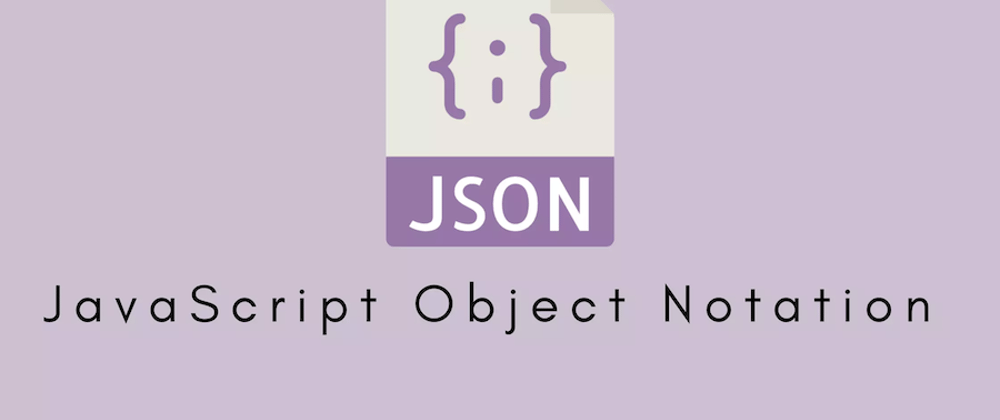JSON, or JavaScript Object Notation, has become an integral part of the modern web development landscape. It's a lightweight data-interchange format that is easy for humans to read and write and easy for machines to parse and generate. If you're new to JSON and curious about what it is and how it works, you've come to the right place. In this beginner's guide, we'll demystify JSON and explore its fundamental concepts and applications.
What is JSON?
JSON is a text-based data format that is used to represent structured data. It stands for JavaScript Object Notation, but don't let the name fool you—it's not limited to JavaScript and is widely used in various programming languages.
At its core, JSON consists of two primary structures:
Objects: Objects in JSON are enclosed in curly braces {} and contain key-value pairs. Keys are strings, and values can be strings, numbers, objects, arrays, booleans, or null. Here's a simple example:
{
"name": "Hoa Nguyen",
"age": 28,
"is_student": false
}
Arrays: Arrays in JSON are ordered lists of values enclosed in square brackets []. Values within an array can be of any data type, including objects or other arrays. Here's an example:
["apple", "banana", "cherry"]
JSON's simplicity and flexibility make it an ideal choice for exchanging data between a server and a web application, between different parts of a program, or even between different systems.
Why use JSON?
Now that you have a basic understanding of what JSON is, let's explore why it's so widely used:
- Human readable: JSON is easy for humans to read and write. Its clear and concise structure makes it a preferred choice for configuration files, data storage, and data exchange in various applications.
- Language agnostic: JSON is not tied to any specific programming language. This means you can use it in a wide range of programming environments, making it a universal choice for data interchange.
- Web friendly: JSON is a natural fit for web development. It's the standard data format for most web APIs, and JavaScript provides built-in methods for parsing and generating JSON.
- Lightweight: JSON is minimalistic, which means it doesn't include unnecessary information or functionality. This makes it efficient for data transfer over the internet.
How to work with JSON
Understanding JSON is one thing, but knowing how to work with it is another. Here are some basic operations you can perform with JSON:
Parsing JSON
In most programming languages, you can parse JSON strings into native data structures. For example, in JavaScript, you can use the JSON.parse() method:
const jsonString = '{"name": "Hoa Nguyen", "age": 28}';
const obj = JSON.parse(jsonString);
console.log(obj.name); // Output: Hoa Nguyen
Creating JSON
You can also create JSON objects or arrays in your code and convert them into JSON strings using the JSON.stringify() method:
const person = {
name: "Hoa Nguyen",
age: 28,
is_student: false
};
const jsonString = JSON.stringify(person);
console.log(jsonString); // Output: { "name":"Hoa Nguyen", "age":28, "is_student":false }
Accessing JSON Data
Once you've parsed a JSON object, you can access its data just like you would with any other object or data structure in your programming language.
console.log(obj.name); // Output: Hoa Nguyen
console.log(obj["age"]); // Output: 28
Practical uses of JSON
JSON is everywhere in modern web development. Here are a few examples of its practical applications:
Web APIs
Most web services and APIs return data in JSON format. When you make an HTTP request to an API, the response often includes data in JSON, which you can then parse and use in your web application.
Configuration Files
Many software applications use JSON for configuration settings. It's easy to read and edit by both developers and users.
Here is a simple example of how JSON can be used to store game settings, including character attributes, level designs, and in-game events. This makes it simple to tweak game parameters without modifying the game's source code
{
"character_attributes": {
"health": 100,
"damage": 10,
"speed": 5
},
"level_design": {
"level_1": {
"enemy_count": 20,
"time_limit": 300
},
"level_2": {
"enemy_count": 30,
"time_limit": 450
}
}
}
Here's another simplified example of a Google service account JSON key file structure:
{
"type": "service_account",
"project_id": "your-project-id",
"private_key_id": "your-private-key-id",
"private_key": "-----BEGIN PRIVATE KEY-----\nYourPrivateKeyValueHere\n-----END PRIVATE KEY-----\n",
"client_email": "your-service-account-email@your-project-id.iam.gserviceaccount.com",
"client_id": "your-client-id",
"auth_uri": "https://accounts.google.com/o/oauth2/auth",
"token_uri": "https://oauth2.googleapis.com/token",
"auth_provider_x509_cert_url": "https://www.googleapis.com/oauth2/v1/certs",
"client_x509_cert_url": "https://www.googleapis.com/robot/v1/metadata/x509/your-service-account-email%40your-project-id.iam.gserviceaccount.com"
}
Data storage
JSON is commonly used to store data in databases or flat files. Its simplicity and flexibility make it a good choice for structured data storage.
Communication between microservices
In a microservices architecture, different parts of an application communicate with each other. JSON is often used for inter-service communication due to its simplicity and ease of use.
Conclusion
JSON is a fundamental tool in web development and data exchange. With its simplicity, readability, and flexibility, it's an excellent choice for representing structured data in a wide range of applications. As you continue your journey in programming and web development, a solid understanding of JSON will be a valuable asset. You've taken the first step in this beginner's guide, and the possibilities for using JSON in your projects are endless. So, keep exploring and experimenting with JSON to unlock its full potential!







Top comments (0)